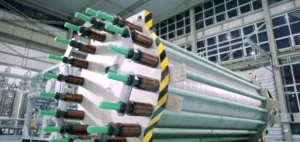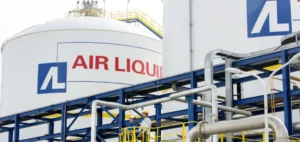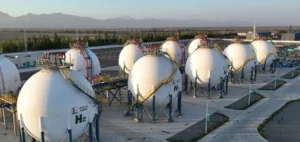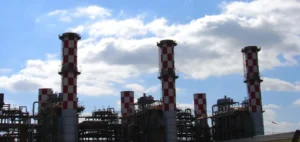The Atacama Desert, in northern Chile, is globally renowned for its ideal conditions for astronomical observation. Located at an altitude of 2,600 meters, this exceptional environment hosts some of the world’s most advanced telescopes, including the Very Large Telescope (VLT) and the upcoming Extremely Large Telescope (ELT), currently under construction.
However, this privileged region is now under threat from an ambitious green hydrogen and ammonia production project, led by AES Andes, a subsidiary of the American company AES Corporation. The project plans to build an industrial complex in Taltal, only ten kilometers from the Paranal Observatory, operated by the European Southern Observatory (ESO).
Risks for astronomy
The ESO expressed serious concerns in a recent statement. According to Xavier Barcons, the organization’s director general, “dust emissions, increased atmospheric turbulence, and, most importantly, light pollution will have an irreparable impact on astronomical observation capabilities.” These disruptions directly threaten the scientific research conducted at Paranal and other observatories in the Atacama Desert, such as ALMA and La Silla.
A scientific heritage to protect
The Paranal Observatory, inaugurated in 1999, is a cornerstone of Chile’s astronomical network. Its location was chosen for its unique conditions: an extremely dry climate, minimal cloud presence, and an almost complete absence of light pollution. While this new industrial complex aligns with Chile’s goals for energy transition, it could jeopardize this scientific sanctuary.
A call for caution
For Itziar de Gregorio, ESO representative in Chile, it is crucial to explore alternatives to this project. “It is essential to consider other locations for this megaproject that do not endanger one of the most important astronomical treasures in the world,” she said.
In response, AES Andes did not provide immediate comments, although it highlighted in a December 2024 statement that the project also includes renewable energy initiatives such as solar, wind, and battery storage.
Strengthening light pollution regulations
In October 2024, a new regulation aimed at limiting light pollution was adopted in Chile to protect astronomical activities. The measure imposes restrictions on brightness levels and the operating hours of public lighting, including advertising screens. Despite this regulation, the scale and proximity of the industrial project could pose challenges that these measures alone may not be sufficient to address.
As Chile strives to become a global leader in green hydrogen production, it must reconcile its energy ambitions with the preservation of an invaluable astronomical heritage, critical to global scientific endeavors.






















